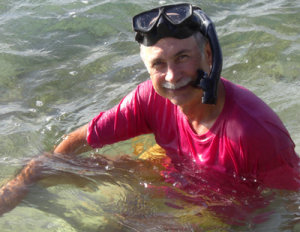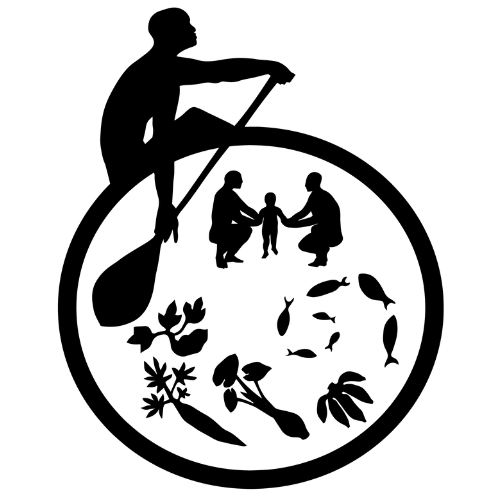
Research Coordinator
Institution: American Samoa Community College, Community and Natural Resources
Education:
BA, Chemistry, California State College, California, PA.
PhD, Chemistry, The Ohio State University, Columbus, OH.
MS, Agronomy, The Ohio State University, Columbus, OH
What early experiences influenced you to work in childhood obesity prevention?
My involvement in childhood obesity prevention was entirely circumstantial. Three others with solid backgrounds in nutrition were responsible for the idea, the planning, and the collecting of data in the first investigation of the prevalence of overweight and obesity in the Territory’s schoolchildren during 2005. When the last of these three had to end her contract early owing to a family emergency, I was asked to make sense of the data, given my knowledge of statistics. In order to do so, I had to accumulate a basic background of knowledge on my own. This is how I came to realize its vital importance. Given my investment in time and effort in learning about childhood obesity and its consequences, I continued and expanded the investigation along with enthusiastic and supportive partners at the American Samoa Departments of Education and Public Health.
What advice would you give high school or undergraduate students that want to get into your professional field?
Some things common to any successful researcher are an ability to write a clear, concise, and convincing proposal; plan an experimental design to test a well-defined hypothesis; maintain a disinterested, unbiased outlook while collecting data; know how to analyze the data; and finally publish the findings so that they may be scrutinized by others knowledgeable of the topic. How do you attain these skills? Find good mentors.
What do you think the Pacific Islands will gain from the CHL program?
From discussions with health professionals, teachers, and parents, and seeing the many health promotion events that have taken place in the past few years, I think that ordinary people are coming around to acknowledging that current lifestyle choices are responsible for the high rates of non-communicable diseases among Pacific Islanders. They may even be prepared to make the difficult decisions to either abandon or at least minimize unhealthy food choices and harmful habits like smoking and excessive alcohol consumption, and to schedule more physical activity into their day. If so, then CHL may offer them their best hope to begin that long road toward better health.
What does an average day at the American Samoa Community College look like for you?
Ironically, my involvement in CHL has made my workday more sedentary than ever. Much of my time is spent at the computer or reading through reams of documents generated by the CHL Coordinating Center, scanning journals, or searching Web sites. Prior to CHL, my assistants and I spent much of our day studying the fauna of the rain forest and streams, oftentimes in remote areas accessible only by blazing our own trails or by kayak. Such days were punctuated by lab analysis of our collections, which also offered an opportunity for our bodies to recuperate. Now, I have to make a conscious effort to get at least an hour of vigorous exercise daily. With support and encouragement from my wife, Agnes, we lift weights, attend Zumba class, swim, jog, walk, and hike—all several times a week.
What advice would you give caregivers of young children about best lifelong health practices related to CHL-connected efforts?
As my CHL colleague from Guam, Dr. Rachel Leon-Guerrero, stated last month: Lead by example. This same mantra was repeated over and over at our meetings with community leaders, teachers, and parents last year. It may mean changing your behavior, which is perhaps the most difficult thing to do. But you would be doing it not only for yourself but also for your family, which is a very powerful motivator to help you overcome the difficulty.
What do you love about American Samoa?
When newly arrived expatriates learn that Agnes and I have lived in American Samoa for nearly 30 years, they invariably ask, “And do you like it here?” Well, I am not afflicted with a martyr attitude but, rather, tilt toward the hedonistic. So, yes, I like it here. I live on a tropical South Pacific island, after all. Its jagged volcanic peaks poke through a continuous carpet of lush forest canopy. Its coast is surrounded by a fringing reef of comfortably cool, enticingly blue water that nourishes coral animals so exotic as to be nearly extraterrestrial. Fill this paradise with friendly people who prefer laughter to confrontation and you have American Samoa.
